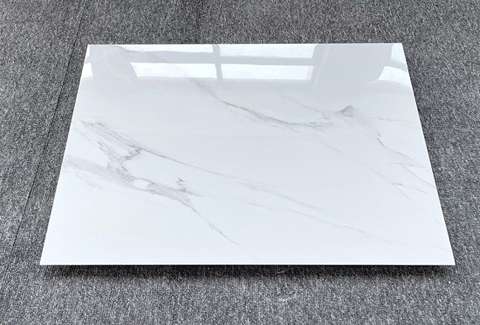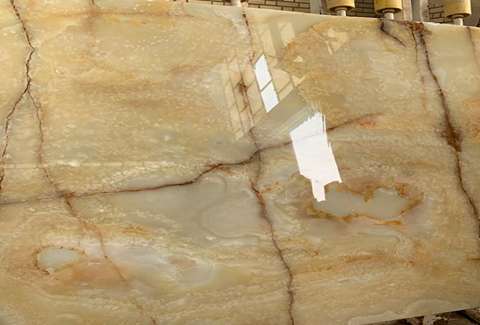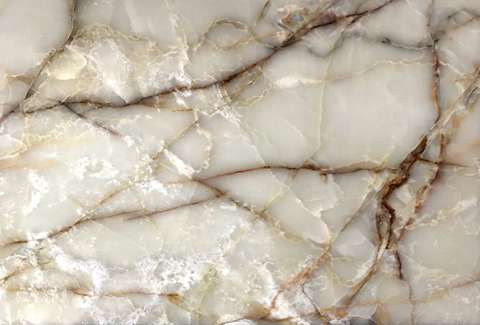When it comes to timeless elegance and unparalleled beauty, few materials can rival the allure of natural marble stone.
With its rich history dating back centuries, this exquisite stone has been a symbol of luxury and sophistication in architecture and art.

Origins and Formation of Natural Marble Stone
Before we can truly appreciate the beauty of natural marble stone, it is essential to understand its origins and how it is formed.
Marble is a metamorphic rock, which means it is created through a process of heat and pressure acting on other rocks, such as limestone or dolomite.
Over millions of years, this process results in the formation of a rock with a distinct crystalline structure and intricate veining patterns, which are the defining characteristics of natural marble stone.
The temperature, pressure, and mineral content during the formation process all contribute to the unique variations and colors found in different types of marble.
Types of Natural Marble Stone
Natural marble stone comes in a wide variety of types, each with its own distinct characteristics and aesthetic appeal.
Some of the most popular types of marble include:
Carrara Marble
Quarried in Italy, Carrara marble is renowned for its pristine white color and delicate gray veining.
It has been favored by artists and sculptors throughout history, including the likes of Michelangelo and Leonardo da Vinci.
Calacatta Marble
Similar to Carrara marble, Calacatta marble also originates from Italy.
However, it stands out with its bolder and more dramatic veining, ranging from gold to gray.
This highly sought-after marble is often associated with luxury and opulence.
Statuario Marble
Another Italian marble, Statuario is cherished for its pure white color and bold veining.
Its timeless elegance has made it a popular choice in both classic and contemporary interior design.
Emperador Marble
Quarried in Spain, Emperador marble features a warm brown color with varying tones and intricate veining.
It adds a touch of warmth and richness to any space.

Nero Marquina Marble
Originating from Spain, Nero Marquina marble is characterized by its deep black color and contrasting white veining.
This marble creates a striking visual impact and is often used to create a dramatic, modern aesthetic.

Durability and Maintenance of Natural Marble Stone
In addition to its stunning beauty, natural marble stone is renowned for its durability.
It is a dense material that can withstand heavy use and is resistant to scratching, cracking, and chipping.
However, it is important to note that marble is also a porous stone, which means it can be susceptible to staining and etching if not properly cared for.
To maintain the long-term beauty of your marble surfaces, it is essential to follow a few maintenance tips:
Seal the Surface
Applying a high-quality sealant to your marble surfaces will help protect them from stains and etching.
It is recommended to seal your marble every 6 to 12 months, depending on its level of use.
Clean Regularly
Wipe down your marble surfaces with a soft, damp cloth and a mild, pH-neutral cleaner.
Avoid abrasive or acidic cleaners, as they can damage the stone's surface.
Use Coasters and Trivets
Place coasters under glasses and trivets under hot dishes to prevent potential damage from heat or spills.

Natural marble stone is a true testament to the beauty that nature can create.
Its unique veining patterns and vibrant colors have captivated generations of art enthusiasts, architects, and interior designers.
With its remarkable durability and timeless elegance, marble continues to be a sought-after material for various applications in both residential and commercial settings.
